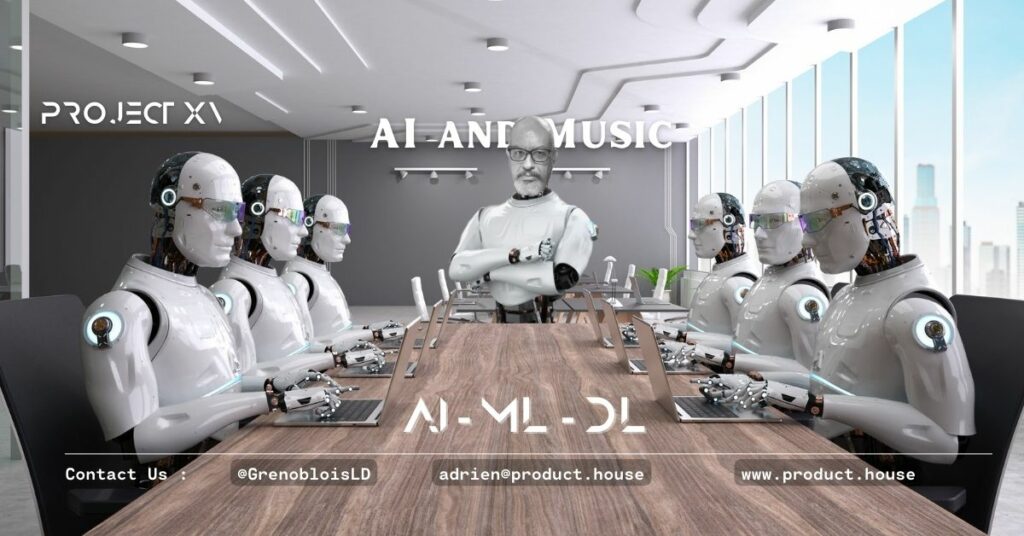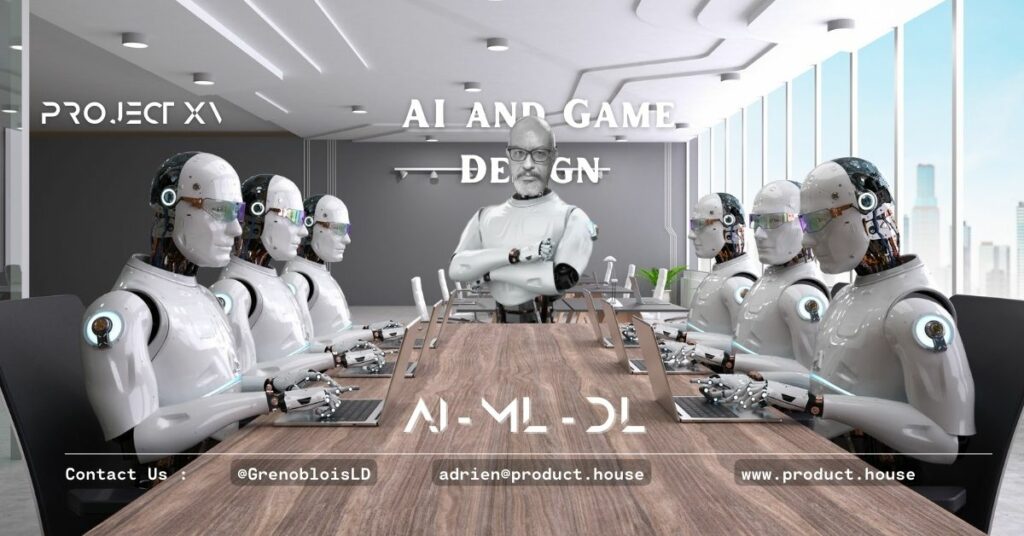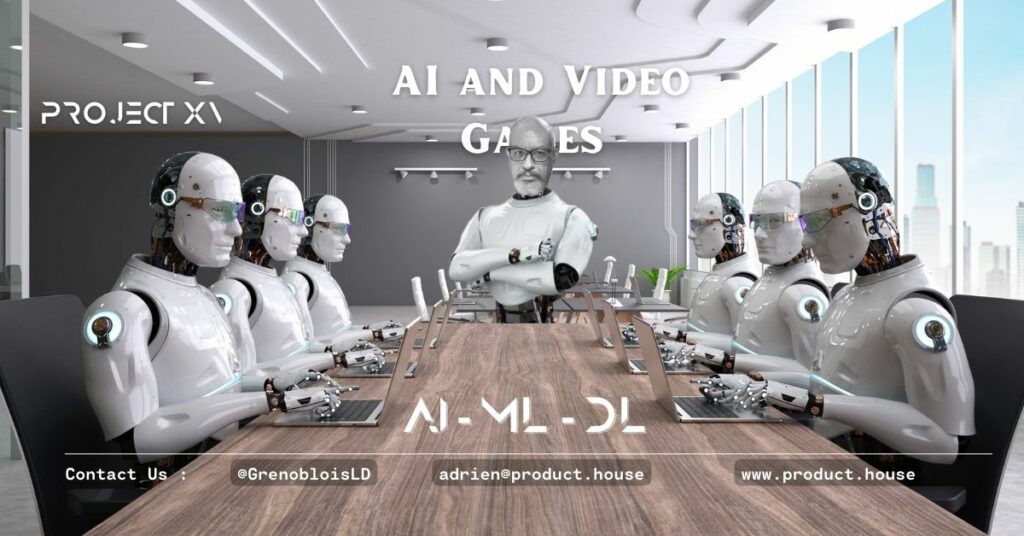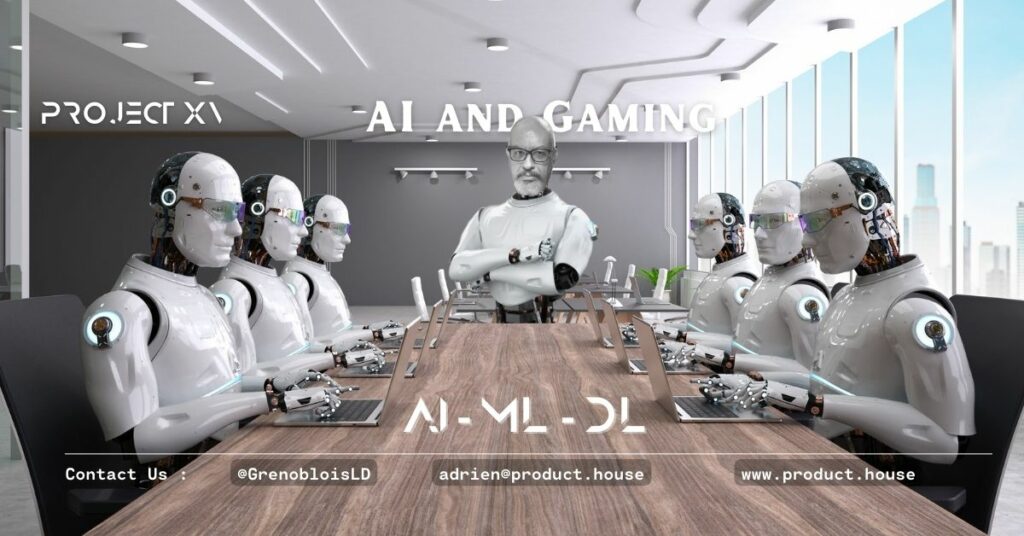AI and Game Development: How Machine Learning Is Changing Game Design
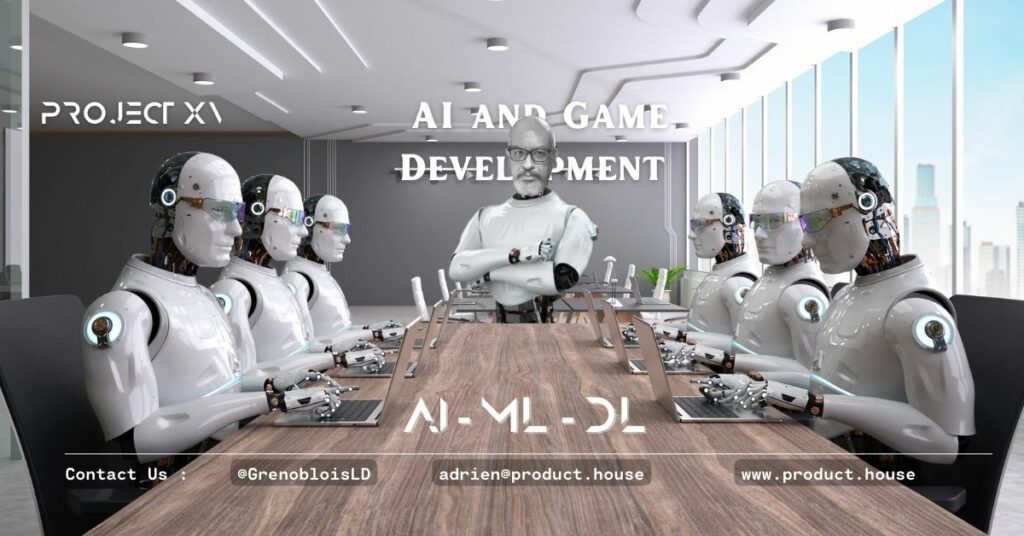
Artificial intelligence (AI) is changing the landscape of game development. Machine learning algorithms are being used to improve game design, from creating more intelligent non-player characters to generating content on the fly. In this article, we will explore how machine learning is being used in game development.
Procedural Content Generation
Procedural content generation (PCG) is the use of algorithms to generate game content, such as levels, items, and environments. Machine learning algorithms can be used to generate content that is more varied and interesting. This can reduce development time and increase the replay value of a game.
Non-Player Character Behavior
Machine learning algorithms can be used to create more intelligent non-player characters (NPCs). NPCs can be trained to learn from the player’s actions and adjust their behavior accordingly. This can make NPCs more challenging and engaging for the player.
Game Balancing
Game balancing is the process of adjusting game mechanics to ensure that the game is fair and challenging. Machine learning algorithms can be used to analyze gameplay data and adjust game mechanics in real-time. This can improve the overall balance and fairness of a game.
Procedural Animation
Procedural animation is the use of algorithms to generate animations in real-time. Machine learning algorithms can be used to create more realistic and fluid animations. This can improve the overall look and feel of a game.
Adaptive Music
Adaptive music is the use of algorithms to generate music that changes based on the player’s actions. Machine learning algorithms can be used to create more dynamic and engaging music that responds to the player’s actions.
FAQs:
Q: What is machine learning in game development? A: Machine learning in game development refers to the use of machine learning algorithms to improve game design.
Q: What is procedural content generation? A: Procedural content generation is the use of algorithms to generate game content, such as levels, items, and environments.
Q: What is game balancing? A: Game balancing is the process of adjusting game mechanics to ensure that the game is fair and challenging.
Q: What is procedural animation? A: Procedural animation is the use of algorithms to generate animations in real-time.
Q: How can machine learning improve game design? A: Machine learning can improve game design by creating more varied and interesting content, making NPCs more intelligent and engaging, adjusting game mechanics in real-time, creating more realistic animations, and generating dynamic music.
Q: What are some benefits of using machine learning in game development? A: Some benefits of using machine learning in game development include reduced development time, increased replay value, improved overall balance and fairness, and more engaging and personalized gameplay.
Q: Who are some experts in the field of machine learning in game development? A: Some experts in the field of machine learning in game development include Matthew Guzdial, Gillian Smith, and Simon Colton.
Q: What are some potential case studies of machine learning in game development? A: Some potential case studies of machine learning in game development include the use of machine learning in NPC behavior for “The Witcher 3,” the use of machine learning in game balancing for “League of Legends,”
and the use of machine learning in procedural content generation for “No Man’s Sky.”
Q: What is adaptive music? A: Adaptive music is the use of algorithms to generate music that changes based on the player’s actions.
Q: What are some challenges of using machine learning in game development? A: Some challenges of using machine learning in game development include the need for large amounts of data to train algorithms, the complexity of implementing machine learning algorithms, and the potential for unexpected behavior.
List of Resources:
- Gamasutra (https://www.gamasutra.com/)
- AI Game Dev (https://aigamedev.com/)
- The AI Games (https://theaigames.com/)
- Game AI Pro (http://www.gameaipro.com/)
List of Books:
- Game Programming Patterns by Robert Nystrom
- Game Engine Architecture by Jason Gregory
- AI Game Programming Wisdom edited by Steve Rabin
- AI for Game Developers by David M. Bourg
List of Relevant Experts:
- Matthew Guzdial (https://twitter.com/MatthewGuzdial)
- Gillian Smith (https://twitter.com/gillianmsmith)
- Simon Colton (https://twitter.com/SimonJColton)
Matthew Guzdial works on creative artificial intelligence and machine learning, an area of research that can enable machine learning to move from predicting what has come before to anticipating and creating new possibilities. His research applies AI and machine learning to domains we would typically consider requiring human creativity, such as game design. Gillian Smith is an award-winning game designer and an associate professor in Computer Science and Interactive Media & Game Development at Worcester Polytechnic Institute. Her research focuses on generative design for games and crafts, computational creativity, and issues surrounding feminism and social justice especially as they intersect with technology and game design. Simon Colton is a professor of Computational Creativity in the Game AI Research Group at Queen Mary University of London, UK and in the Sensilab at Monash University, Australia. He is a pioneer of computational creativity research and has developed several systems that can generate art, music, games, stories, jokes, and more.
List of Potential Case Studies:
- “The Witcher 3” – machine learning in NPC behavior
- “League of Legends” – machine learning in game balancing
- “No Man’s Sky” – machine learning in procedural content generation
List of Examples of Use:
- Improved content generation
- More intelligent and engaging NPCs
- Improved game balancing
- More realistic animations
- Dynamic and engaging music
Glossary:
- Artificial intelligence (AI): The simulation of human intelligence processes by machines, especially computer systems.
- Machine learning: A type of AI that allows systems to learn from data and improve their performance over time.
- Procedural content generation (PCG): The use of algorithms to generate game content, such as levels, items, and environments.
- Non-player character (NPC): A character controlled by the computer rather than a player.
- Game balancing: The process of adjusting game mechanics to ensure that the game is fair and challenging.
- Procedural animation: The use of algorithms to generate animations in real-time.
- Adaptive music: The use of algorithms to generate music that changes based on the player’s actions.
Quiz Questions:
- What is machine learning in game development?
- What is procedural content generation?
- What is game balancing?
- What is an NPC?
- What is procedural animation?
- What is adaptive music?
- How can machine learning improve game design?
- Who are some experts in the field of machine learning in game development?
- What are some potential case studies of machine learning in game development?
- What are some benefits of using machine learning in game development?
Reminders:
- AI and machine learning are transforming the gaming industry by improving game design and creating more engaging gameplay.
- Machine learning is being used in various areas of game development, such as procedural content generation, non-player character behavior, game balancing, procedural animation, and adaptive music.
- Benefits of using machine learning in game development include reducing development time, increasing replay value, and improving overall balance and fairness.
- Challenges of using machine learning in game development include the need for large amounts of data, complex implementation, and the potential for unexpected behavior.
- Real-world case studies and examples can help illustrate the potential impact of machine learning in game development.
- Machine learning is likely to continue to play an increasingly important role in game development in the future.



